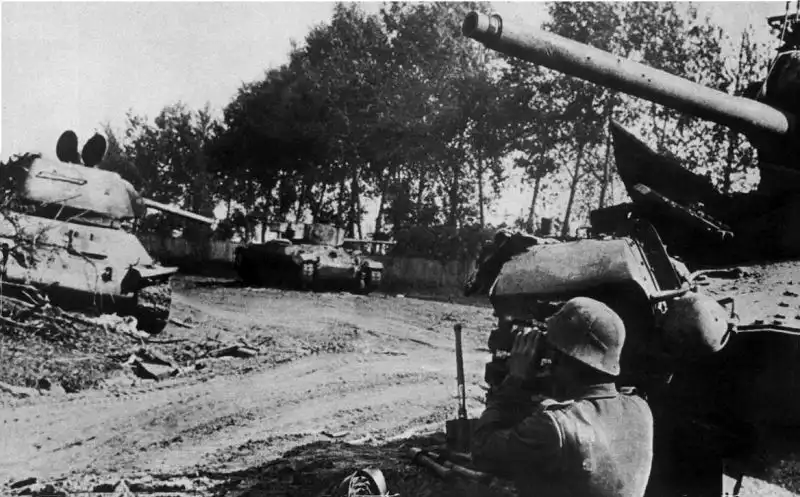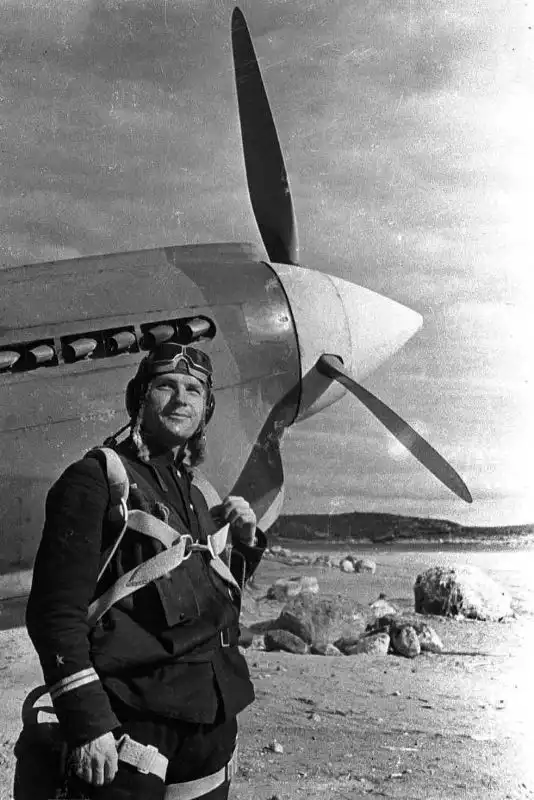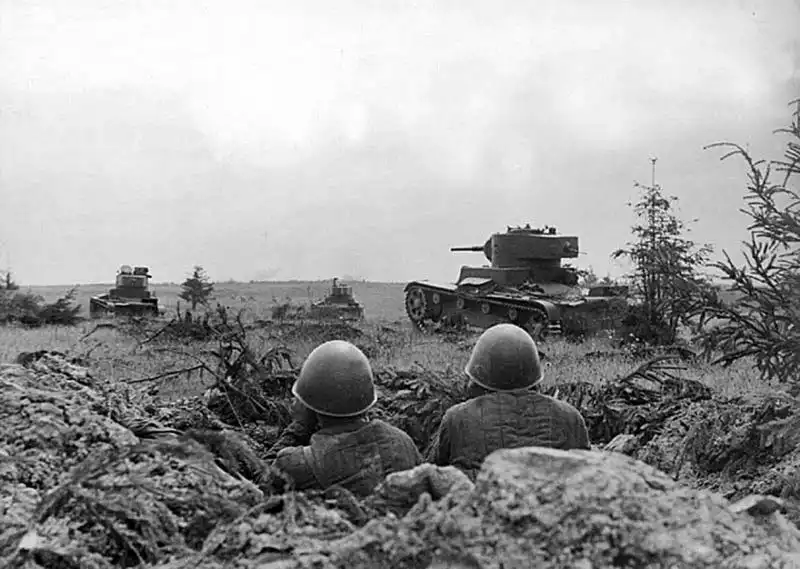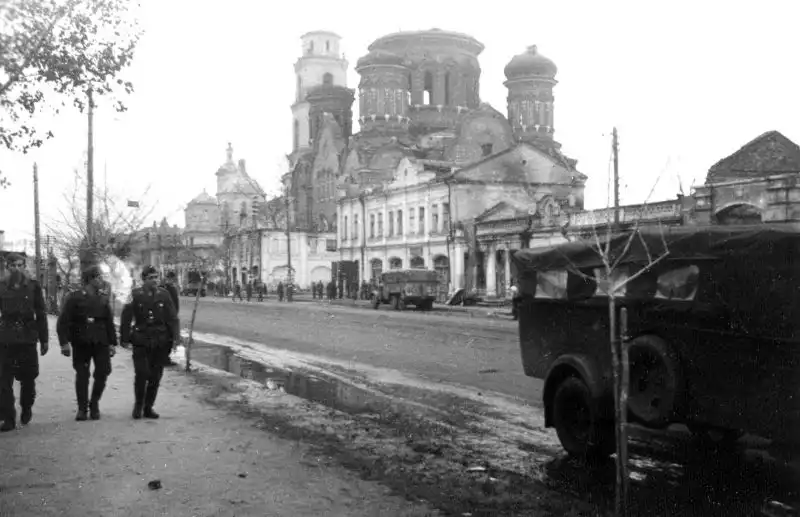Soviet T-40 Amphibious Light Tank in Spring 1941
October 31, 2025 - Reading time: 4 minutes
Soviet T-40 amphibious light tank, photographed in spring 1941 before the start of major hostilities.
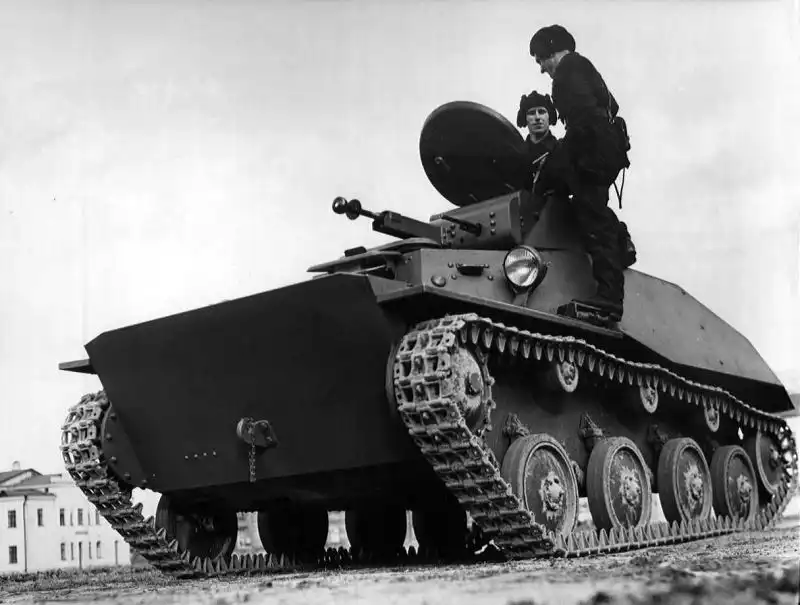
This photograph shows a Soviet T-40 amphibious light tank in spring 1941, captured by Margaret Bourke-White shortly before the outbreak of large-scale combat on the Eastern Front.
The T-40 was a Soviet light amphibious tank, designed in 1939 as part of the Red Army’s reconnaissance and support forces. Its key feature was the ability to float and cross water obstacles, thanks to its sealed hull and water-propulsion system. However, in actual wartime conditions, this capability proved to be of limited practical use, as Soviet units rarely had the operational support or situational stability to employ amphibious maneuvers effectively.
By the time this photograph was taken in 1941, the T-40 was already facing evolving battlefield realities. Its thin armor and light armament were insufficient against rapidly advancing German armored formations. As a result, production of the T-40 ceased in December 1941, and it was replaced by the T-60, a simplified model based on the same design but without amphibious systems. The removal of flotation gear allowed more armor to be added, increasing battlefield survivability.
Approximately 722 T-40 tanks were built, making them relatively uncommon compared to other Soviet armored vehicles produced during the war. Nonetheless, they played a notable role during the early defensive operations of 1941, particularly in reconnaissance and convoy escort missions.
Photo Details:
📍 Location: USSR
📅 Date: 1941
📷 Author: Margaret Bourke-White
📝 Source: LIFE Magazine Archive
Early-war Soviet armor
T-60 tank predecessor
Soviet reconnaissance vehicles
WWII amphibious armored vehicles
Pre-Barbarossa Soviet forces
Tags
Category
Search
Categories
- Unidentified WWII Photos (12)
- World War II Photos 1937 (1)
- World War II Photos 1938 (1)
- World War II Photos 1939 (3)
- World War II Photos 1940 (5)
- World War II Photos 1941 (99)
- World War II Photos 1942 (55)
- World War II Photos 1943 (50)
- World War II Photos 1944 (76)
- World War II Photos 1945 (40)
- WWII and Postwar Photos 1946 (1)
